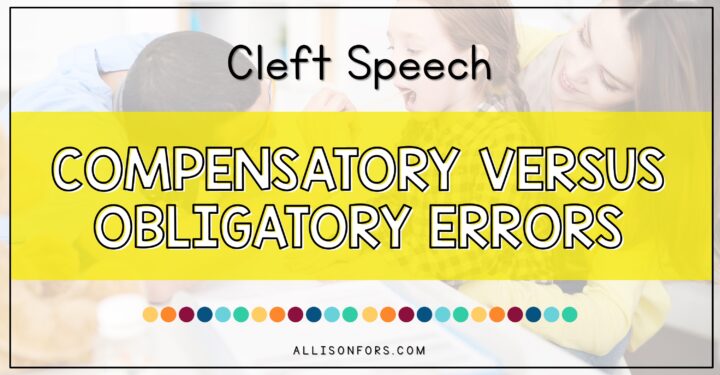
Speech and Language Development Norms
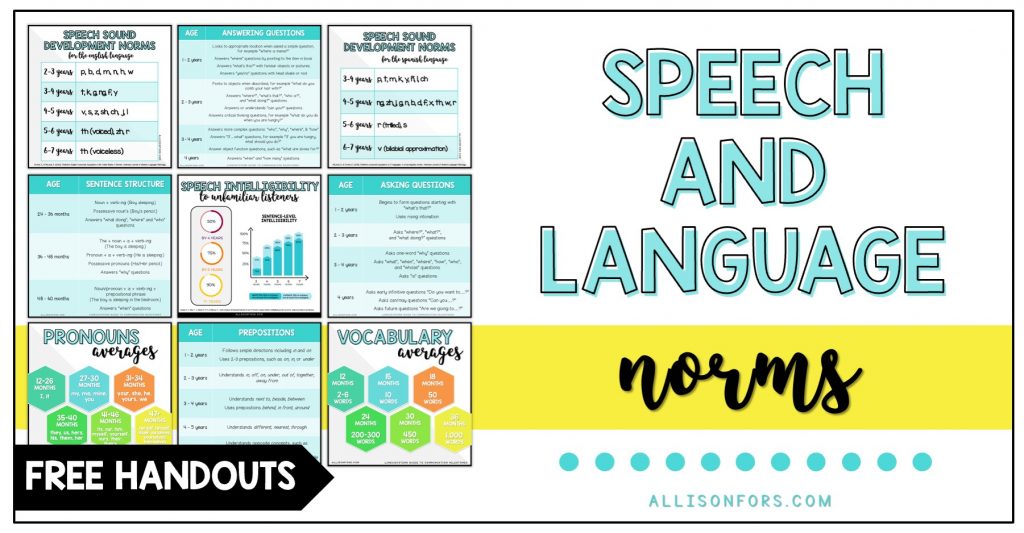
Speech development milestones, hierarchies, and charts!
Speech therapy development norms, charts, and milestones are helpful to see a general guideline of development, to help assess, and to structure therapy. They are especially beneficial for parents to gauge their child’s development and if they need to seek out intervention. The rate of development varies from child to child, but it typically occurs in the same pattern. The graphics below show general guidelines for some speech and language milestones!
Using these norms as only one piece of the puzzle is important. The “age of acquisition data are not enough for clinical decision making or to determine eligibility for services…consider children’s speech production, perception, comprehensive independent and relational analysis, intelligibility, stimulability, phonological awareness, spelling, reading, academic and social impact, as well as insights from children and significant others in their lives.” (Crowe & McLeod, 2020)
While we may want charts showing “normal” or “typical” development, this doesn’t exist. Assigning a rigid timeline of expectations can be harmful given the wide range of variability. We don’t control the numerous factors that affect a child’s overall development. This is why it’s crucial to use norm charts as one piece in assessing a child.
What is the difference between a delay and a disorder?
A language delay is when a child’s language skills develop in the pattern we expect, but not at the same rate as their peers. A language disorder is when a child is not following the typical pattern of development, for example they may be skipping certain steps.
Tip: When reading research and looking at norm charts, be sure you find the criterion for the data represented. For example, if it’s the average (when 50% of children reach the skill) or the milestone (when 90% of children reach the skill.)
Speech Sound Norms
I get questions about speech sound development all the time; this is a great way to see the latest research quickly. For reference, Crowe & McLeod came out with a more specific study in 2020 focused solely on the US English language (as opposed to 27 languages in the 2018 research.) And guess what, even more sounds were pushed up to earlier ages!
You can download these graphics for free to print them! The file also contains IPA versions of both languages.


Speech Intelligibility Norms
This graphic is updated with the newest research for Hustad, et al.
These numbers are based on unfamiliar listeners in an unknown context. You will notice the dark blue is the milestone (when 95% of children at this intelligible) and the light blue is the average (when 50% of children are this intelligible.)
The snapshot on the left is a summary the researchers gave as a quick way to remember and recite this new information.
Language Development Norms
An assortment of language development norms.
Download the speech norms, intelligibility, and language graphics in the Free Speech Therapy Handouts!
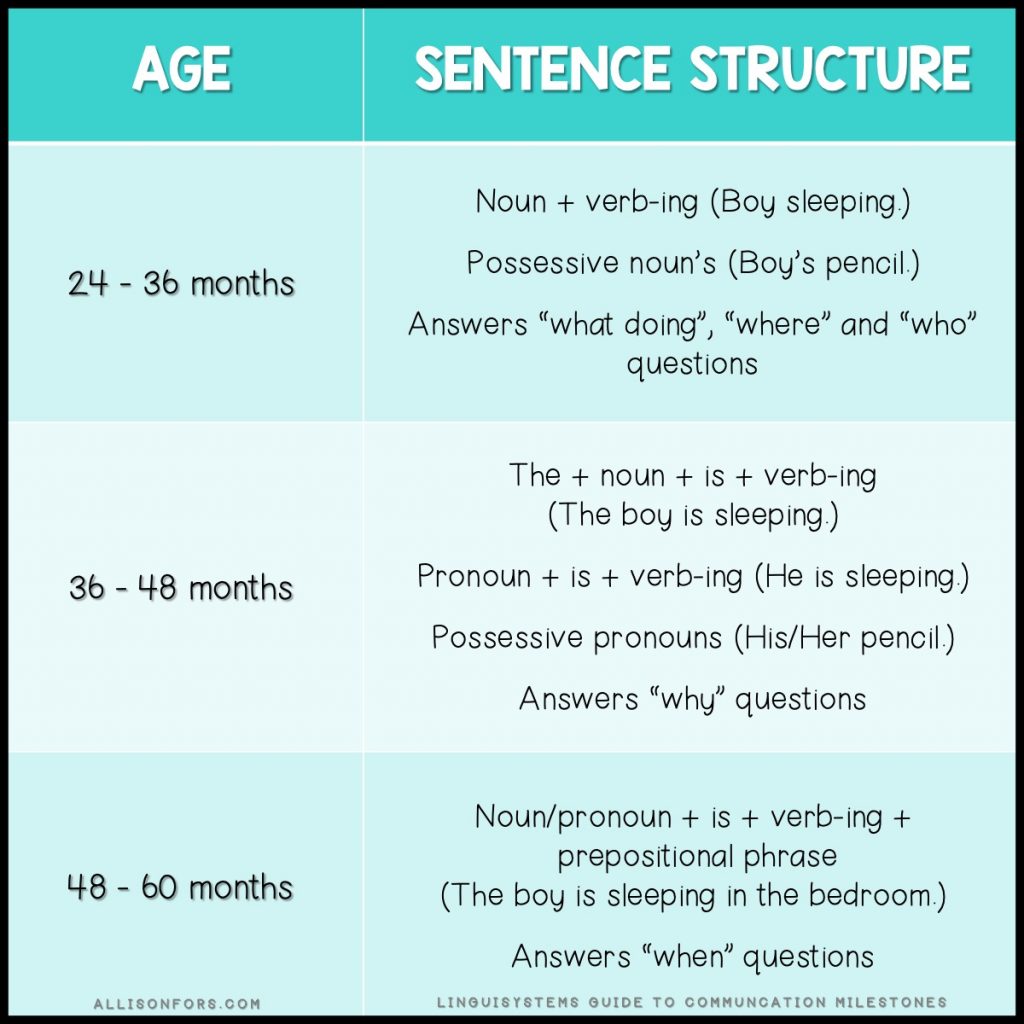
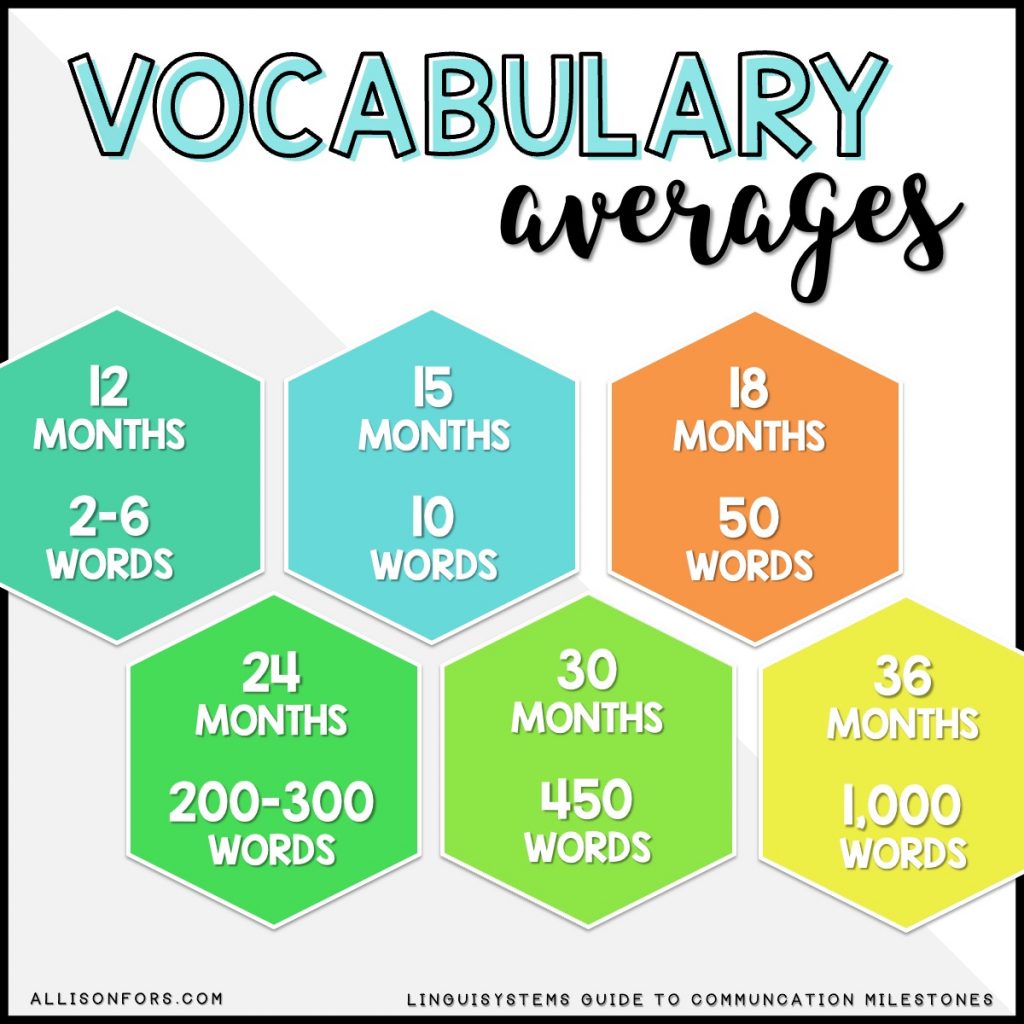


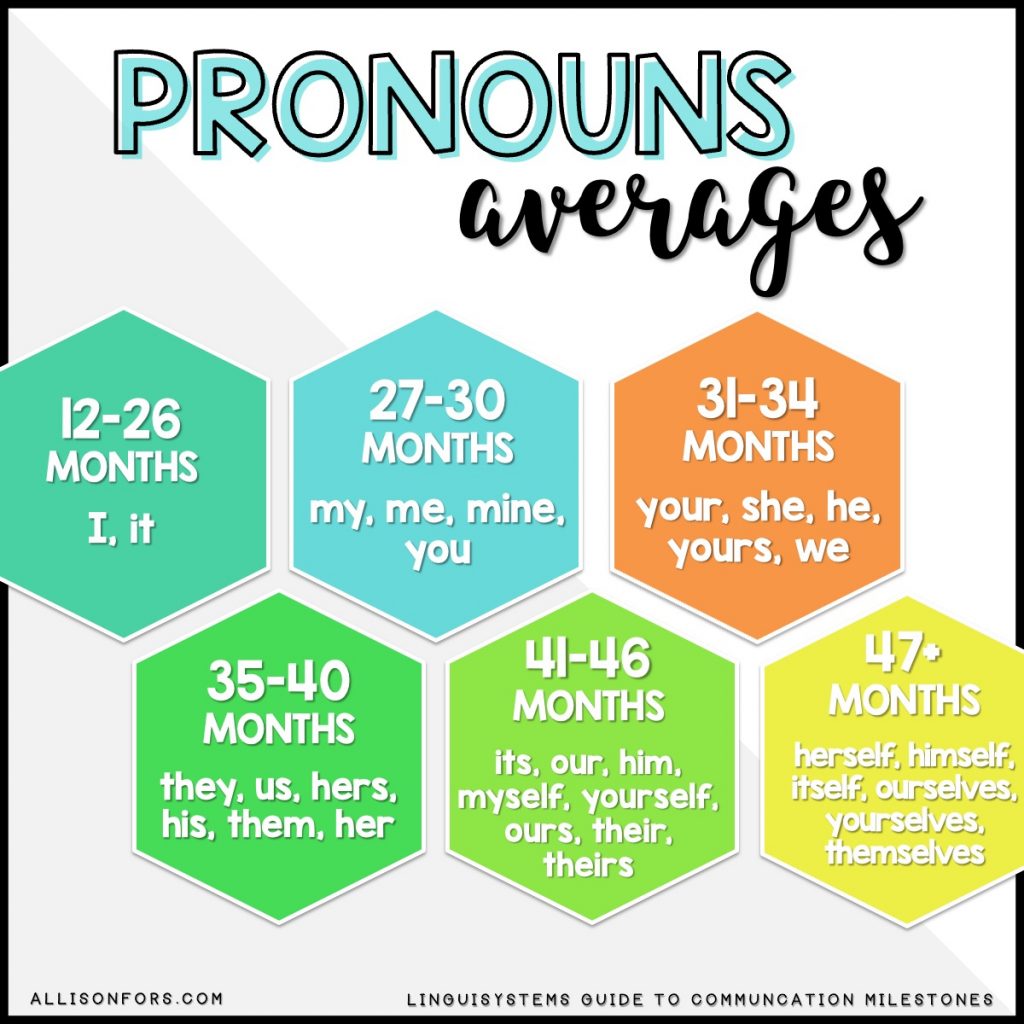
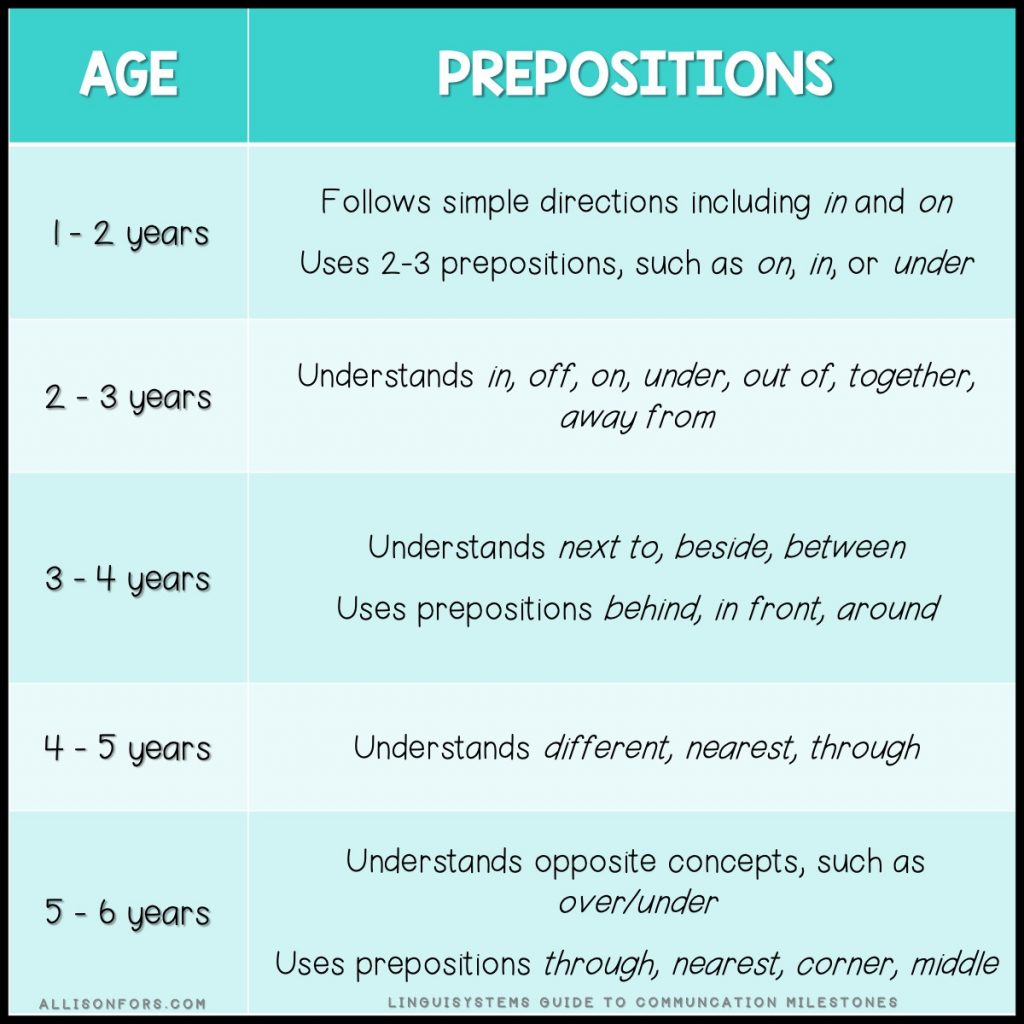
Looking for more topics, explanations of the research, with parent-friendly terms?
Speech-Language Development Handouts
This is a “must-have SLP resource” including in-depth hierarchies and charts + parent-friendly explanations and their research. Use them in IEP meetings, as posters for your room, caregiver handouts, to write goals, and more! Stop worrying about memorizing milestones or frantically searching the internet for development charts.
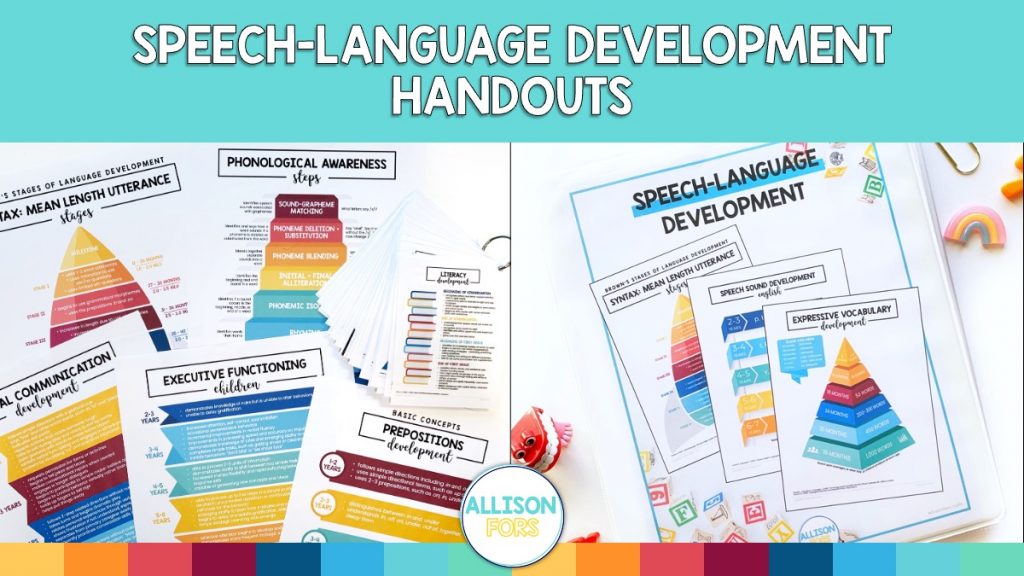
Click here to see all 25 speech-language topics included.
Imagine having:
- An easy way to review the latest speech norms and development.
- Explanations and research behind the hierarchies and charts.
- Parent handouts.
- An easier way to communicate about speech development with caregivers.
- Functional room décor – posters, bulletin board.
- These in IEP meetings and not trying to recite developmental milestones from memory.
Grammar Development Handouts
This resource outlines the big-picture of grammar development, reviews the different aspects of syntactic structures, recalls grammar terminology, and sees the “trickier” parts of grammar for our students.
Are you feeling lost on how to build language skills in older students?
Need a better grasp on grammar development?
Not sure how to listen for syntactic errors?
Want to feel more confident when it comes to grammar intervention?
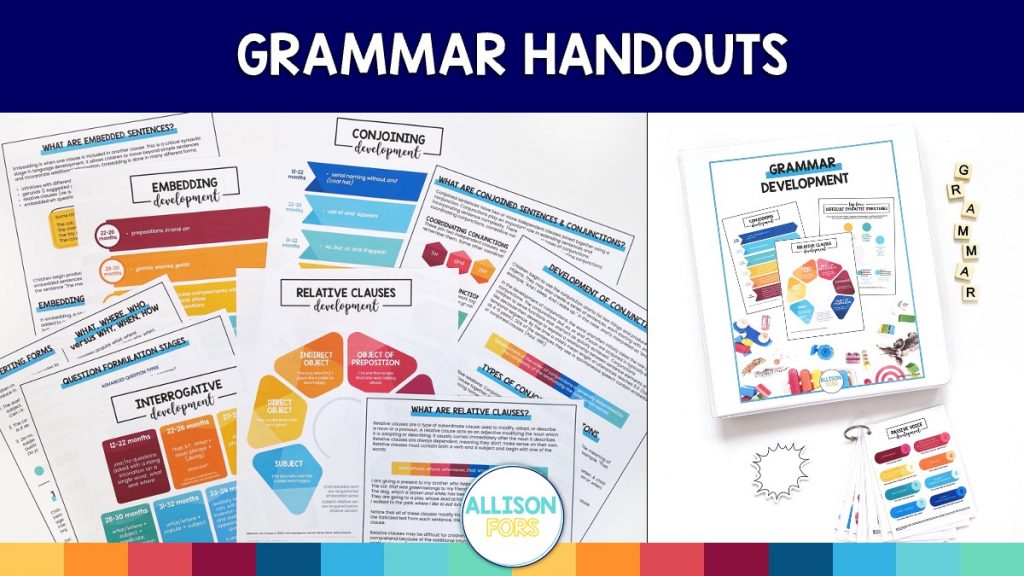
Grammar can feel like a weak area of expertise. This will help you have:
- An easy way to review grammar development with tons of definitions, explanations, and examples to simplify it all.
- Explanations of the roles syntax and morphology play in language development.
- Information to problem-solve the weak link of a student’s syntactic structures.
- Explanations of why certain syntactic structures are difficult for our students.
- Functional room décor – posters, bulletin board.
Speech Milestones by Age
These reference pages provide an overview of speech and language milestones at different ages. Great for concise, easy-to-understand handouts to give to parents based on age!
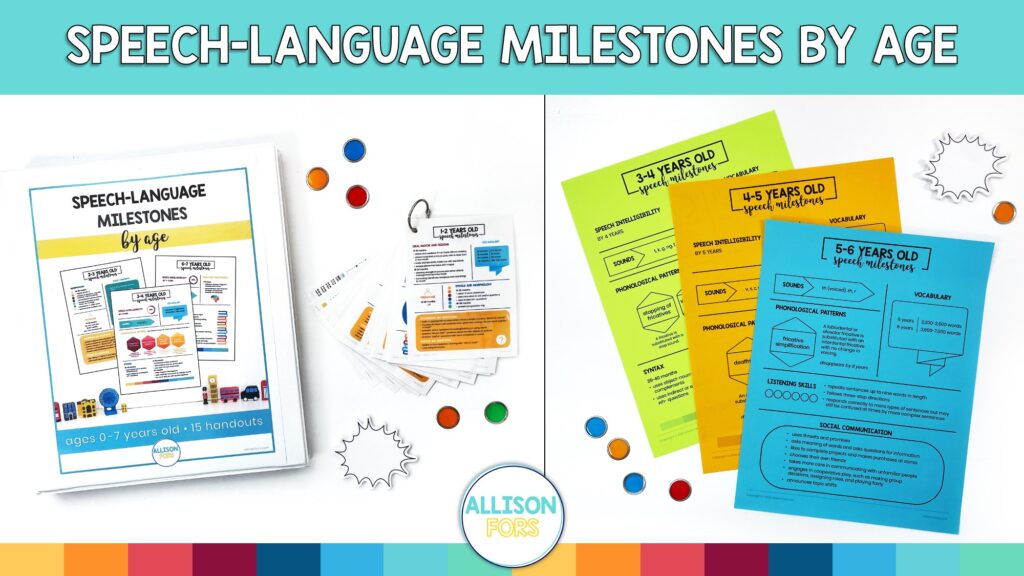
Perfect for…
- A break down milestones based on age.
- An easier way to communicate about speech milestones.
- A simple overview of development with parent-friendly terms.
- Parent, caregiver, and teacher handouts.
- Easy access to the latest research while writing reports and in IEP meetings.
- Functional room décor – posters, bulletin board.
Thanks for reading!
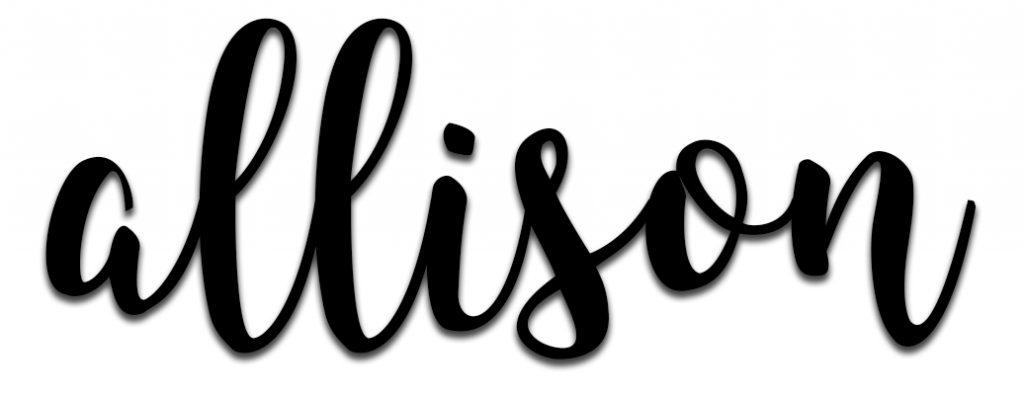
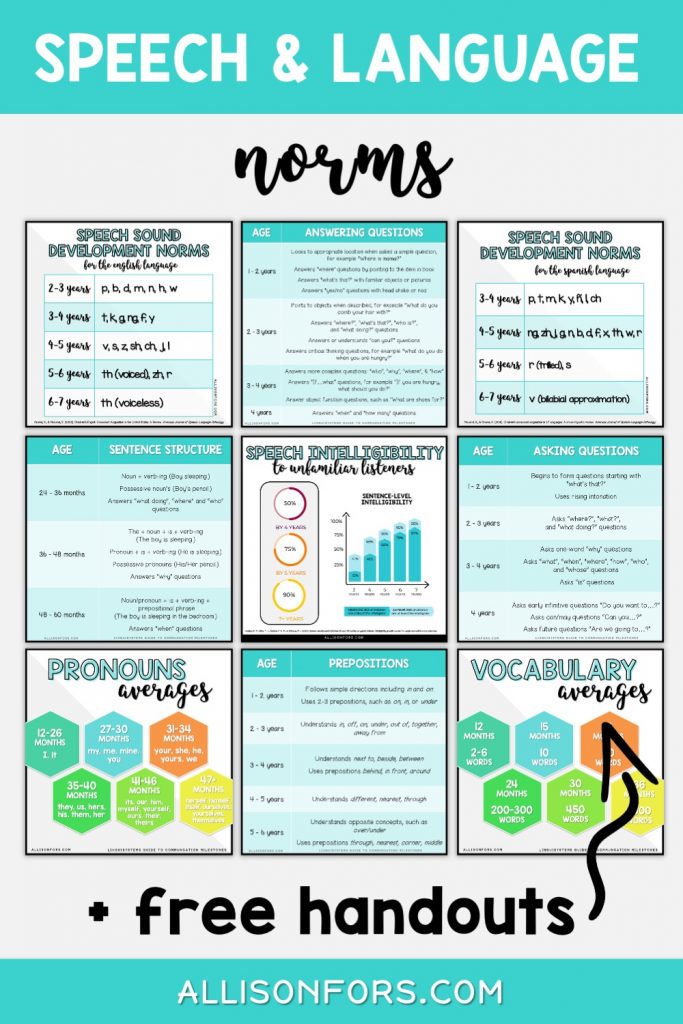




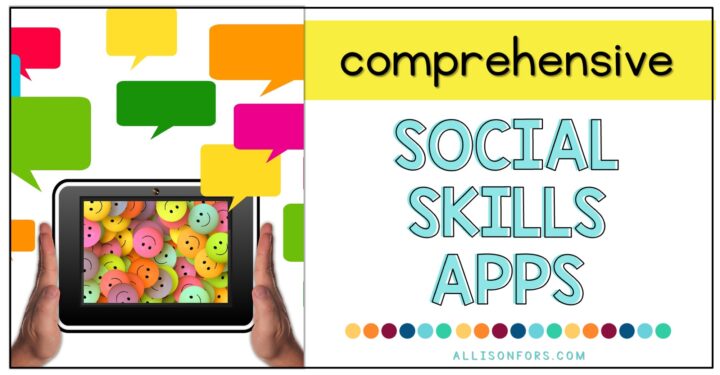
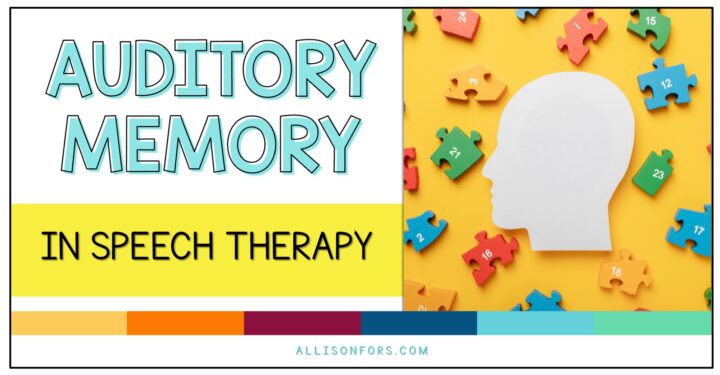


One Response
Great resource!